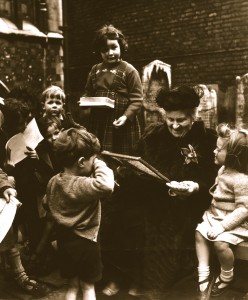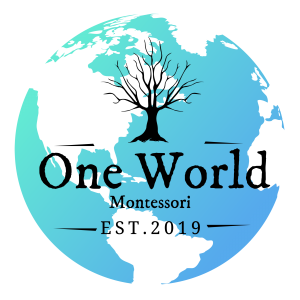Montessori

Over one hundred years ago, Maria Montessori, the first female physician in Italy, began developing her philosophy on how to educate children. Her approach has stood the test of time, and today, there are thousands of Montessori schools around the world. But, what exactly, sets a Montessori schools apart from other schools.
At its core, the Montessori philosophy is child-centered and self-paced, with trained professionals acting as teachers or guides in the classroom. The primary role of the adult is to follow the child by presenting lessons and introducing work that the child is ready for. This allows the child to work at his or her own pace.
Montessori believed in mixed age classrooms because she believed this provided opportunities for mentorship and leadership in the older students. Most Montessori schools have a Primary classroom comprised of children aged 3-6, a Lower Elementary classroom comprised of children aged 6-9, and Upper Elementary classroom comprised of children from 9-12.
Typically, most private Montessori schools do not assign grades to their students. This does not mean, however, that the teachers or guides are not monitoring their students. Montessori teachers spend a great deal of time observing and working with each of their students to ensure they attain mastery in the classroom. Montessori also emphasized the importance of intrinsic motivation when it comes to a child’s learning. Grades, like rewards, externally motivate students so that often their work is driven by grades rather than a love of learning and pride in oneself.
Montessorians find that students who are given the freedom to choose their work, ask challenging questions and solve difficult problems become more engaged and confident adults.
